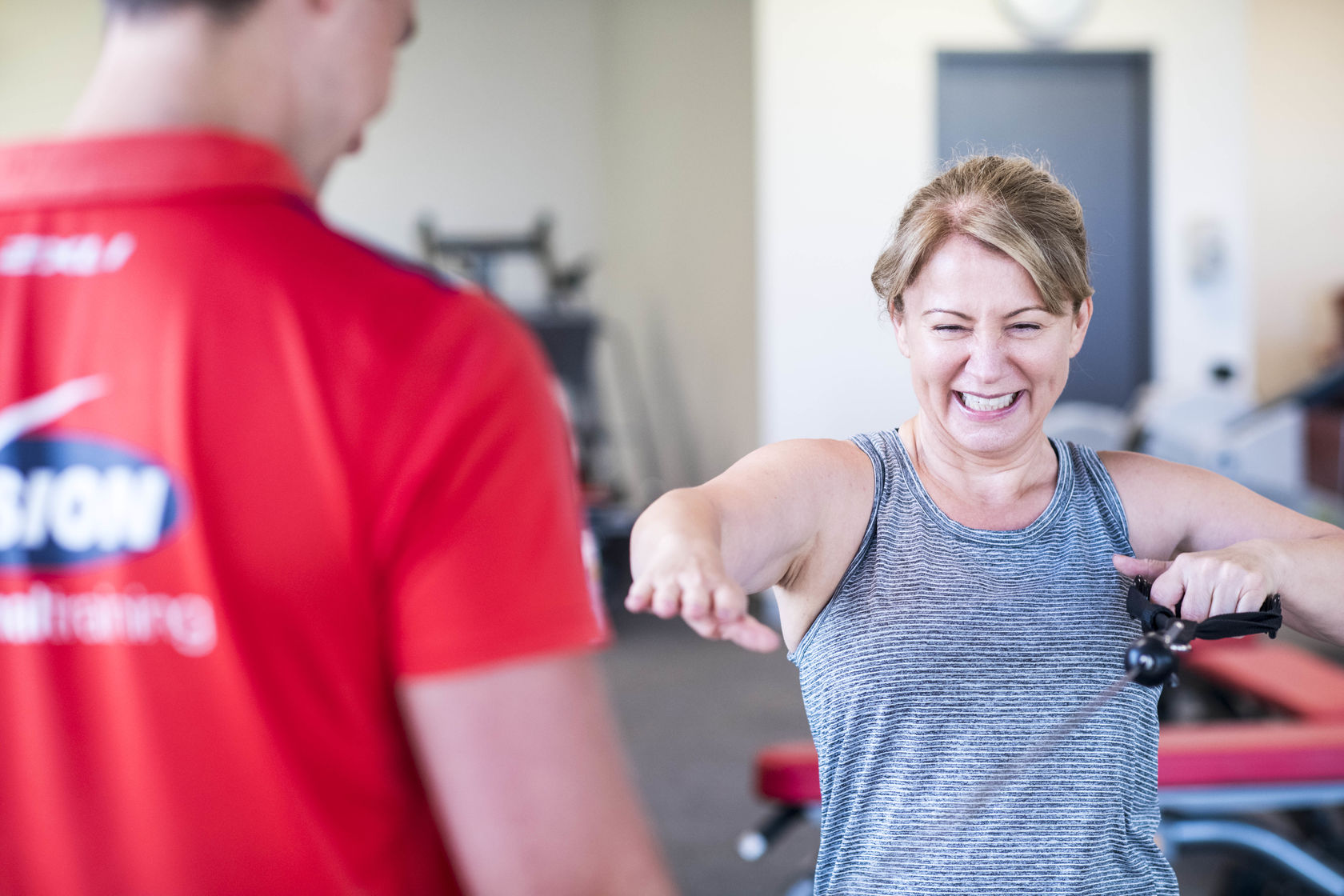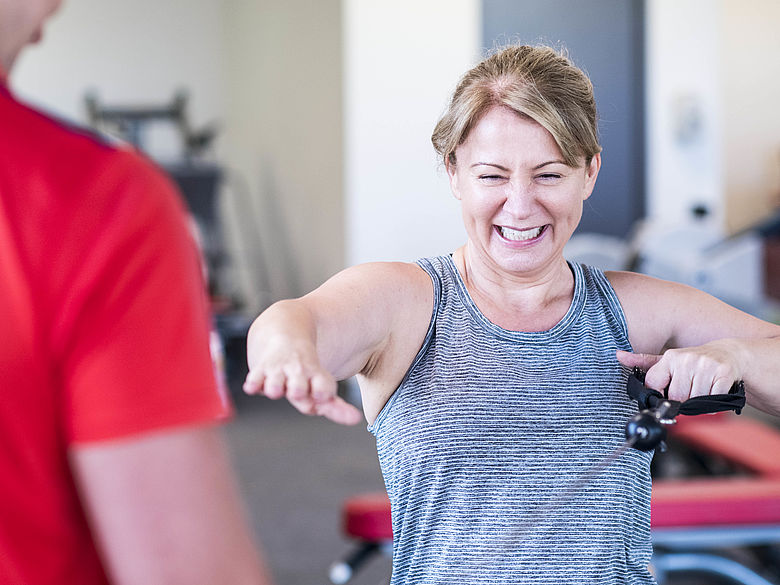Exercise intensity, it is a concept that's widely speculated on. A lot of people will tell you what the best repetition range is, or the best amount of sets that should be done. But, before that all can be addressed, we need to figure out…how hard should you really push yourself in a workout?
We'll break it down to two key principles: Progressive Overload and Rate of Perceived Exertion. With the understanding of these two principles it will allow you to recognize how your body will react to change in any given scenario. To positively affect your fitness and health goals and without suffering through the effects of something known as 'diminishing returns', but that will be touched on a bit later.
Progressive Overload:
This is the forefront of any training program that should be addressed. It will allow your body to stimulate change, whether it is to gain muscle, strength, assist in fat loss without the risk of any plateau. What is Progressive Overload? It is the gradual increase in volume, intensity, frequency or time in order to achieve the targeted goal. You can implement this by keeping yourself accountable to your current training and allowing room for progression each week, so your body basically goes "Ah crap, this is harder than before, I have to adapt to this so it's not hard the next time". Take a Barbell Squat for example, to see a form of progressive overload, your training program or sessions should allow consistent increase of factors stated previously, like:
Week 1: 60kg x 10 reps
Week 2: 62.5kg x 10 reps
Week 3: 65kg x 10 reps
Week 4: 68kg x 10 reps
For this example, the gradual increase in weight will allow continual intensity for the exercise to be continual, forcing progression and growth. Now, it all looks great on paper, but what if you're feeling tired, have no energy, didn't eat for a few hours and all you want to do is rest but still need to get a workout in? Well, you can also look at:
Rate of Perceived Exertion (RPE)
This is a concept where you rhetorically ask yourself after every workout/exercise/set, "how hard was that?" a scaling of 1-10 can be a great starting point to pinpoint this. A common scale can be shown below:
- Very, Very easy
- Easy
- Moderate
- Somewhat hard
- Hard
- *
- Very hard
- *
- *
- Maximal
Now let's go back to our previous squat example, let's say on a good day you can squat 65kg for 10 reps and that's an RPE of 8 for you, quite hard, but doable. You're currently buggered after a busy day at work, but you try 65kg again but it feels like 9-10 RPE and could only get 8 reps. Ego-aside, it'd be beneficial to drop the weight down to a level where you achieve optimal intensity again so you perform the exercise well, maintain perfect form and have enough in the tank to allow progression for next time. Basically, get the work done, at the right intensity without making it dangerous.
Great! You've found your exercise RPE and structured a workout to show signs of progressive overload, now go ahead and smash it out for as hard and long if possible, right? Well, issues with that can arise. Overtime, if too much overload is shown on the body, you get a component known as diminishing returns. This can result in backtracking or plateaus in your programs or workouts. Symptoms include continual muscle soreness, plateau in strength, poor form, overtraining and injury. So, to prevent this but still allowing yourself progression, limiting the workouts to a controlled amount of sets and reps depending on the day, will assist with optimal recovery and benefit long-term progress.
But remember at the end of the day, despite pushing or not pushing yourself at great RPE in each set, seeing or not seeing progressive overload compared to last week, As long as you got in the Studio and did the hard work whether you felt great or terrible, is much more important and valuable for long-term success.
*Disclaimer: Individual results vary based on agreed goals. Click here for details.

